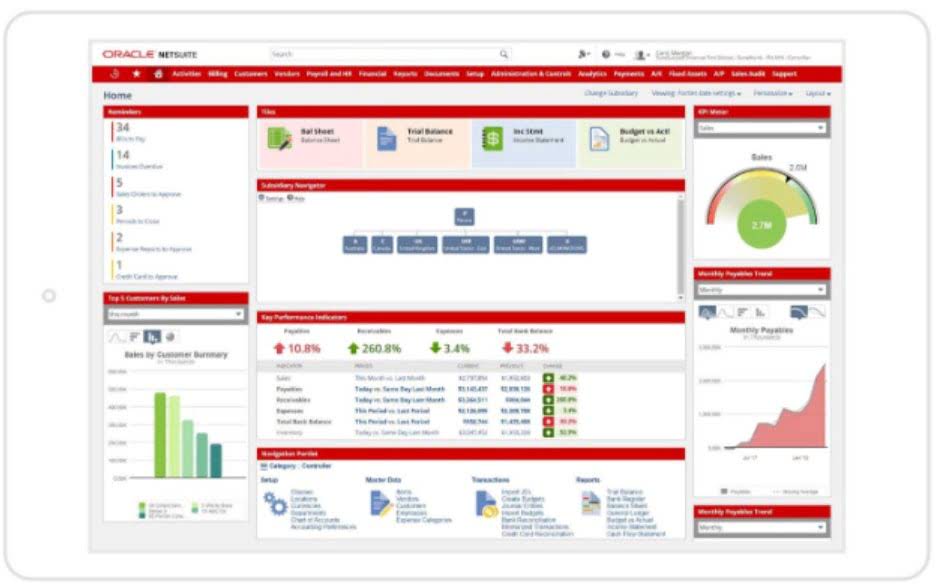Examples of long-run incremental costs include energy and oil price increases, rent increases, expansion costs, and maintenance expenses. If the LRIC increases, it means a company will likely raise product prices to cover the costs; the opposite is also true. Forecast LRIC is evident on the income statement where revenues, cost of goods sold, and operational expenses will be affected, which impacts the overall long-term profitability of the company.
Collateralized Nature of the Lease
The attempt to calculate and accurately predict such costs assist a company in making future investment decisions that can increase revenue and reduce costs. Long-run incremental cost (LRIC) is a forward-looking cost concept that predicts likely changes in relevant costs in the long run. It includes relevant and significant costs that exert a material impact on production cost and product pricing in the long run.

Understanding Incremental Analysis
Incremental costs help to determine the profit maximization point for a company or when marginal costs equal marginal revenues. If a business is earning more incremental revenue (or marginal revenue) per product than the incremental cost of manufacturing or buying that product, then the business earns a profit. Contrastingly, discretionary annual bonuses — contingent upon factors like annual sales targets, the entity’s overall profitability, and individual performance assessments — are not recognised as assets. They are influenced by broader considerations, including the financial success of the entity and the performance of individual employees. Consequently, such bonuses do not qualify as genuinely incremental or directly linked to specific contracts, thus differing from the aforementioned incremental costs. But then you are looking at making 5,000 more shirts as your labor, machinery, and production input tells you you can.
- If a company cannot determine the implicit rate in a lease, then they must use the incremental borrowing rate.
- To calculate a lease’s liability, ASC 842 states that lessees should first use the rate implicit in a lease to determine the present value of future lease payments.
- Technically, entities should also recognise social security charges levied on the incremental part of remuneration as assets.
- These incremental costs should be recognised as an asset unless entities do not anticipate recovering them.
- Serverless compute for DLT pipelines offers up to five times better cost-performance for data ingestion and up to 98% cost savings for complex transformations.
- There could also be other varieties of incremental employee contract costs like bonuses which progressively increase with each contract.
Incremental Analysis: Definition, Types, Importance, and Example

Incremental analysis is used by businesses to analyze any existing cost differences between different alternatives. The method incorporates accounting and financial information in the decision-making process and allows for the projection of outcomes for various alternatives and outcomes. Through incremental analysis, the revenues, costs, and possible outcomes of the alternatives can be identified. Incremental cost includes a cost-to-benefit analysis to guide businesses in smartly choosing battles. For example, say a factory production line is at full capacity and therefore the company would like to add another production line. Incremental costs might include the cost of new equipment, the people to staff the line, electricity to run the line, and additional human resources and benefits.

The cost of each additional unit will be different, and the company must weigh the pros and cons of each option to decide which is best. One of the most effective ways to do this is by injecting new capital into the business. There can be a lot to https://www.bookstime.com/articles/what-is-accountancy know and understand, which is why we created this article about the incremental cost of capital. An important component of incremental analysis, a framework for decision-making used by managers, entrepreneurs, and investors, is incremental cost.
In this case, the incremental cost of $10 is the relevant cost for comparison. You should consider whether Plan A’s additional features and benefits outweigh the additional cost. This strategic move is intended to increase overall profitability while maintaining the company’s return on investment (ROI). Incremental interest can be confused with the incremental borrowing rate, but they are different.
What Is Incremental Analysis?

The differential cost and/or the incremental cost of operating its equipment for the additional 10,000 machine hours was $200,000. To calculate a lease’s liability, ASC 842 states that lessees should first use the rate implicit in a lease to determine the present value of future lease payments. Incremental revenue is the additional revenue that a company generates from selling new products or services or from expanding into new markets. It is the revenue that a company would not have otherwise earned if it had not taken these actions. The concept of relevant cost describes the costs and revenues that vary among respective alternatives and do not include revenues and costs that are common between alternatives. The revenues that are generated between different alternatives are referred to as relevant benefits in some studies or texts.
- Based on our internal benchmarks of loading 100K JSON files using DLT, stream pipelining can provide up to 5x better price performance than the equivalent ingestion workload on a DLT classic pipeline.
- Long run incremental costs often refer to the changes affiliated with making a product, such as the cost of raw materials.
- This means the $20,000 additional cost will produce 5,000 extra units on your product line.
- With each new issuance of debt a company may see its borrowing costs increase as seen it the coupon it has to pay investors to buy its debt.
- For example, if a company already knows how much it costs to produce a standard quantity, say 100 units.
The incremental cost of capital varies according to how many additional units of debt or equity a company wishes to issue. Being able to accurately calculate cost of capital and the incremental effects of issuing more equity or debt can help businesses reduce what is incremental cost their overall financing costs. Long run incremental costs often refer to the changes affiliated with making a product, such as the cost of raw materials. For example, say production for a certain manufactured good requires a significant amount of oil.

